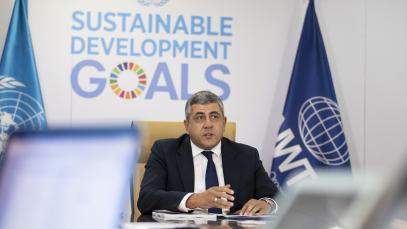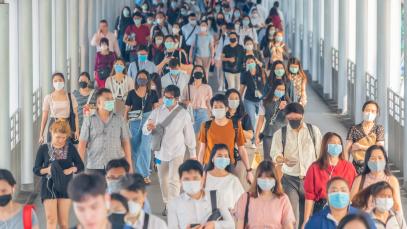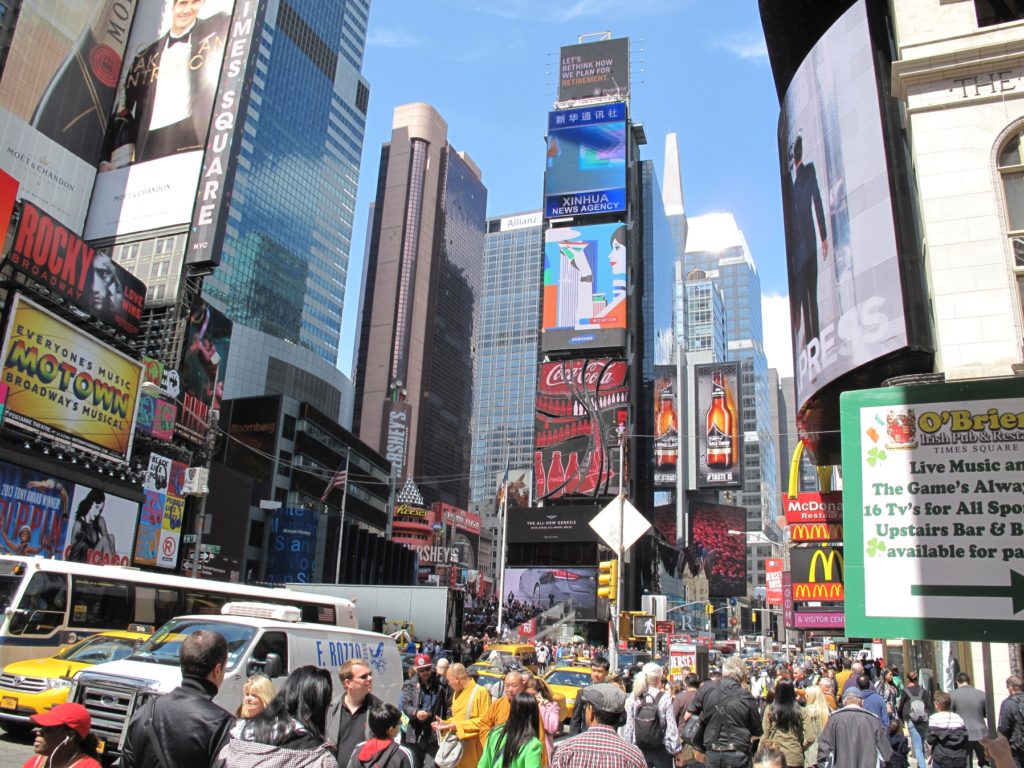News Feature: 2020 was the worst year for international tourism: 1 billion fewer arrivals, US$1.3 trillion in export revenues loses
Madrid/New York – The year 2020 saw the collapse of international tourism after lockdowns and strict travel bans were imposed worldwide to fight the spread of Covid-19 virus. Vaccine rollouts this year give hopes that tourism would bounce back but the most optimistic scenarios by the UN World Tourism Organization say it would take until 2024 or later for a return to 2019 tourism levels.
The UN organization headquartered in Madrid updated its quarterly World Tourism Barometer in January 2021 and found that global tourism suffered the greatest crisis on record in 2020 during which the pandemic inflicted unprecedented health, social and economic emergency.
It said international tourist arrivals (overnight visitors) plunged by 74 per cent in 2020 over the previous year, or about 1 billion fewer arrivals, representing an estimated loss of US$1.3 trillion in export revenues, which was more than 11 times the economic losses recorded during the 2009 global economic crisis.

“While much has been made in making safe international travel a possibility, we are aware that the crisis is far from over,” said Zurab Pololikashvili, the UNWTO secretary-general. “The harmonization, coordination and digitalization of Covid-19 travel-related risk reduction measures, including testing, tracing and vaccination certificates, are essential foundations to promote safe travel and prepare for the recovery of tourism once conditions allow.”

The collapse in international travels put between 100 and 120 million direct tourism jobs at risk, many of them in small and medium-sized enterprises.
January and February 2021 have seen health conditions worsening in many parts of the world and governments have had to re-impose stricter travel restrictions, mandatory Covid-19 tests, quarantine and border closure.
Surveys conducted by WTO showed prospects for a rebound in touristic activities in 2021 were not possible because of the continuing health crisis and half of respondents to the surveys expected the rebound to happen in 2022 as compared to 21 per cent in October 2020. When tourism does restart, the WTO Panel of Experts foresee growing demand for open-air and nature-based tourism activities, with domestic tourism and ‘slow travel’ experiences gaining increasing interest.
“Looking further ahead, most experts do not to see a return to pre-pandemic levels happening before 2023. In fact, 43 per cent of respondents point to 2023, while 41 per cent expect a return to 2019 levels will only happen in 2024 or later. WTO’s extended scenarios for 2021-2024 indicate that it could take two-and-a-half to four years for international tourism to return to 2019 levels.”
The organization said its World Tourism Barometer “monitors short-term tourism trends on a regular basis to provide global tourism stakeholders with up-to-date analysis on international tourism.”
It found that Asia and the Pacific suffered an 84-per-cent decline in tourism and was “the first region to suffer the impact of the pandemic and the one with the highest level of travel restrictions currently in place – recorded the largest decrease in arrivals in 2020 (300 million fewer).”
The Middle East and Africa both recorded a 75-per-cent decline.
It said Europe recorded a 70-per-cent decrease in arrivals, “despite a small and short-lived revival in the summer of 2020. The region suffered the largest drop in absolute terms, with over 500 million fewer international tourists in 2020.”
The Americas saw a 69-per-cent decrease in international arrivals, following somewhat better results in the last quarter of the year.
United Nations correspondent journalists – United Nations correspondent journalists – United Nations correspondent journalists
United Nations journalism articles – United Nations journalism articles – United Nations journalism articles




